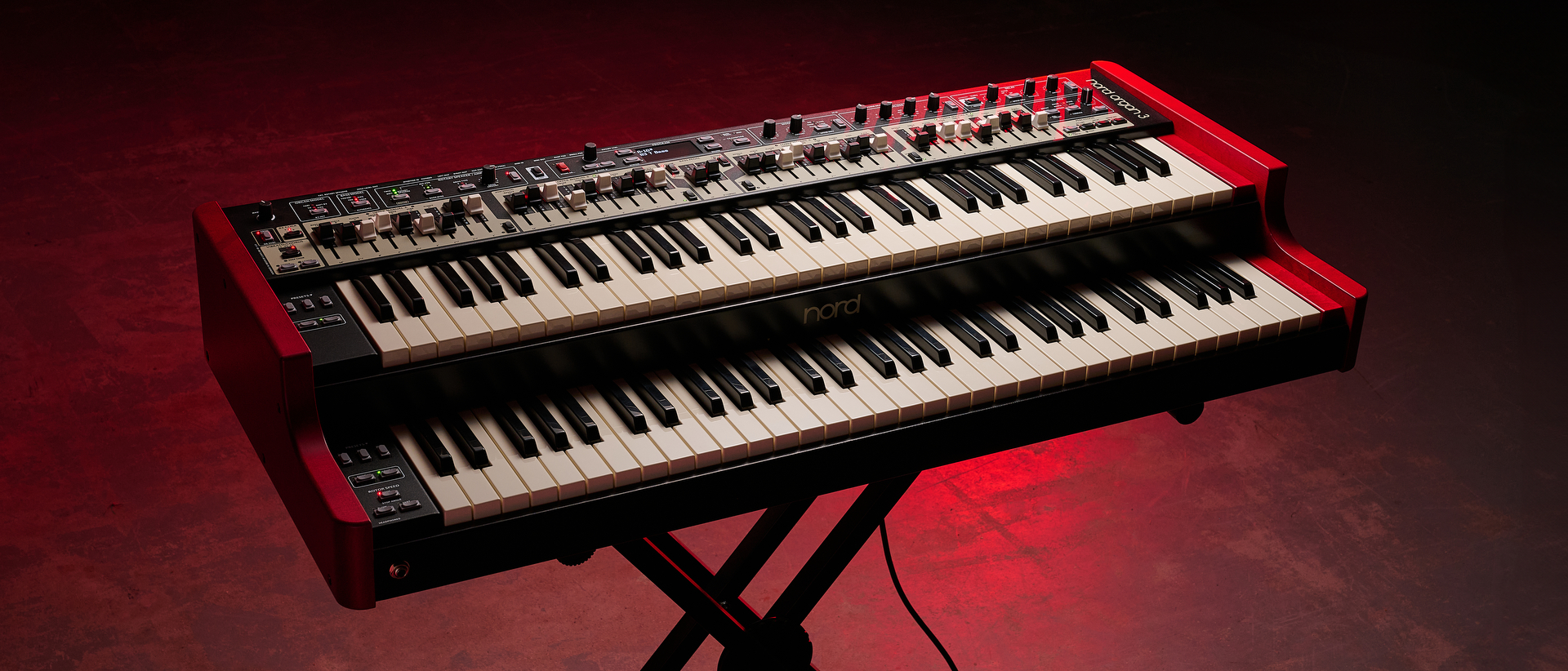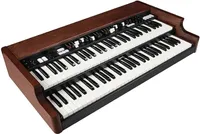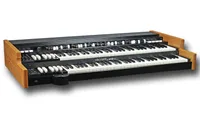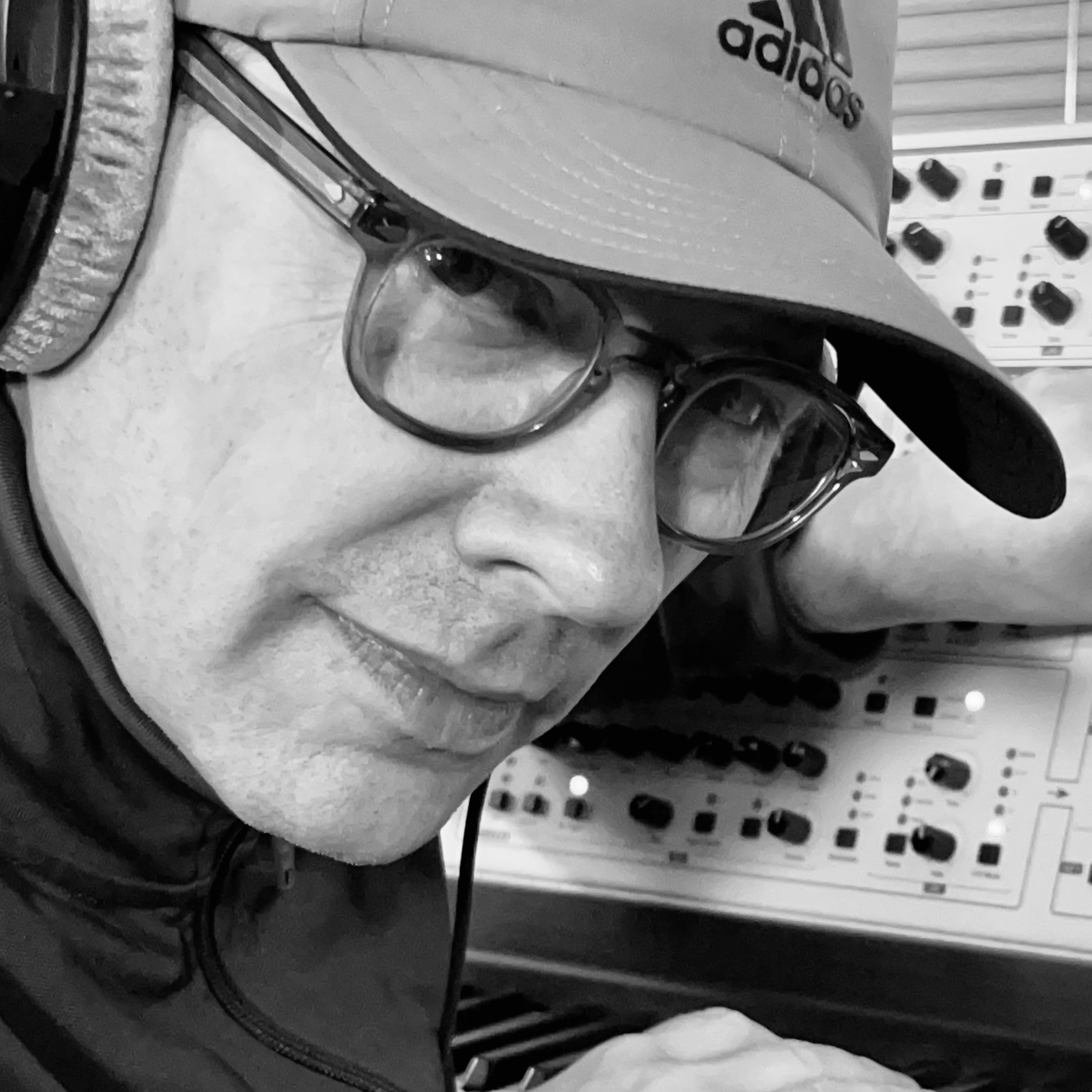MusicRadar Verdict
Nord Organ 3 offers an incredibly playable and immersive experience, geared towards organ-focused performance styles. It won’t be for everyone, but for those that know, it’s versatile and perfect for live performance and Hammond action!
Pros
- +
Beautifully equipped, semi-weighted two-manual organ.
- +
Organ simulations include B3, Farfisa, Vox and more.
- +
Equipped with four sets of drawbars – two per manual.
- +
Complete with rotary speaker simulations and effects.
Cons
- -
No pedals included.
- -
Immovable split point on the lower manual.
MusicRadar's got your back
What is it?
One company that has become inextricably linked with exceptional performance keyboards is Nord. Its dominance in the pro-keyboard market is an indication of its enduring reliability, coupled with unquestionable levels of flexibility and on-the-fly functionality, which provides performers with the tools they need for the live environment.
While products such as the Stage series provide a host of features across a number of different performance scenarios, products such as the Nord Piano and Organ are more focused. The former being recently released in its latest guise, the Nord Piano 6, and now the Nord Organ pitches to version 3.
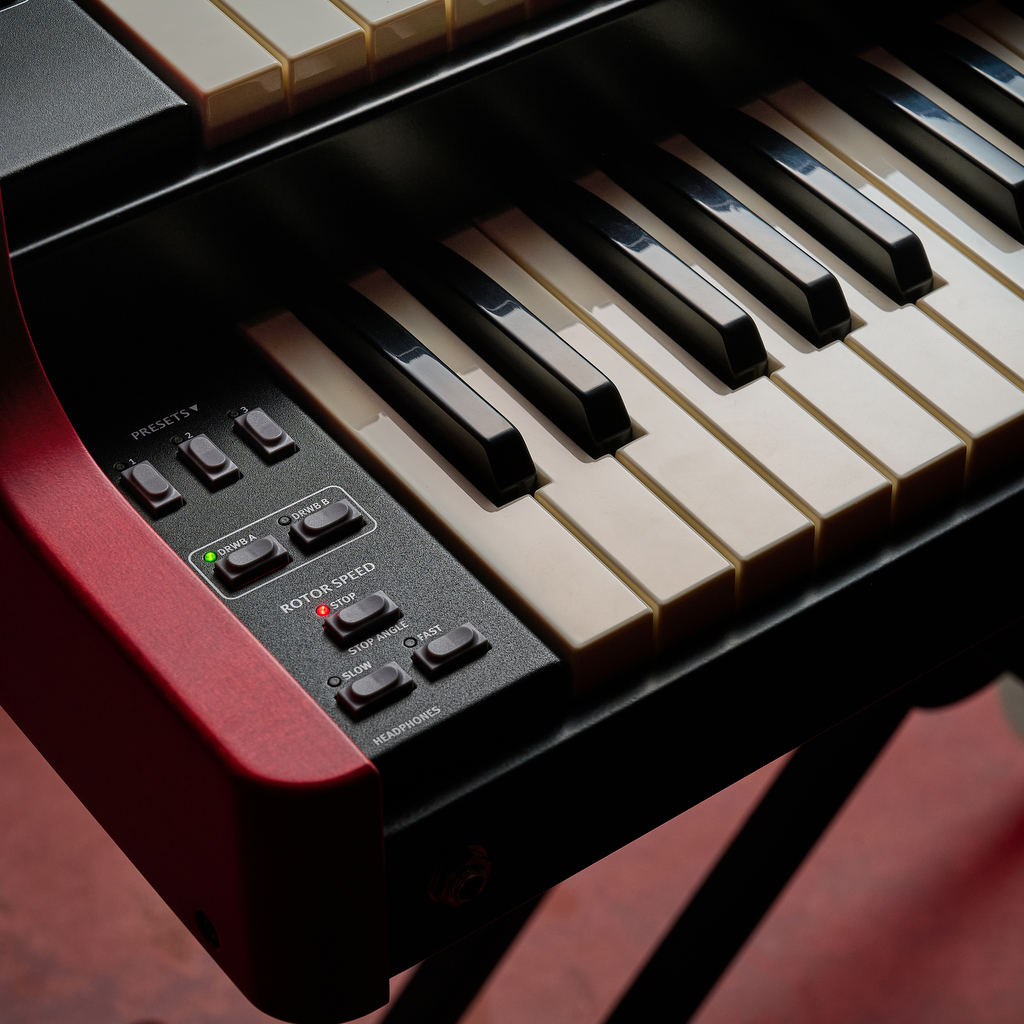
Performance
Nord Organ 3 is inspired by traditional organ heritage. It is equipped with two manuals (aka keyboards) both of which are five octaves in range. Described as upper and lower manuals, it is bedecked with drawbars across the top of the instrument. There are four full sets of nine drawbars: two for the upper and two for the lower manual. Residing in the centre are two drawbars, which are associated with bass (more on that later!).
Given the predominance of these essential performance features, at least in organ terms, it’s fairly easy to comprehend its position in the keyboard hierarchy. The included Fatar keybeds adopt Nord’s Triple Sensor technology, in a semi-weighted waterfall style feel. Unsurprisingly, it is incredibly playable, with a beautiful level of interaction, although the internal sounds do not react to velocity from the keyboard itself. The keys do send velocity over MIDI, but just like an organ, the sounds do not address velocity values. Even so, the technology is there, should Nord decide to offer additional velocity functionality to the internal sounds, in the future.
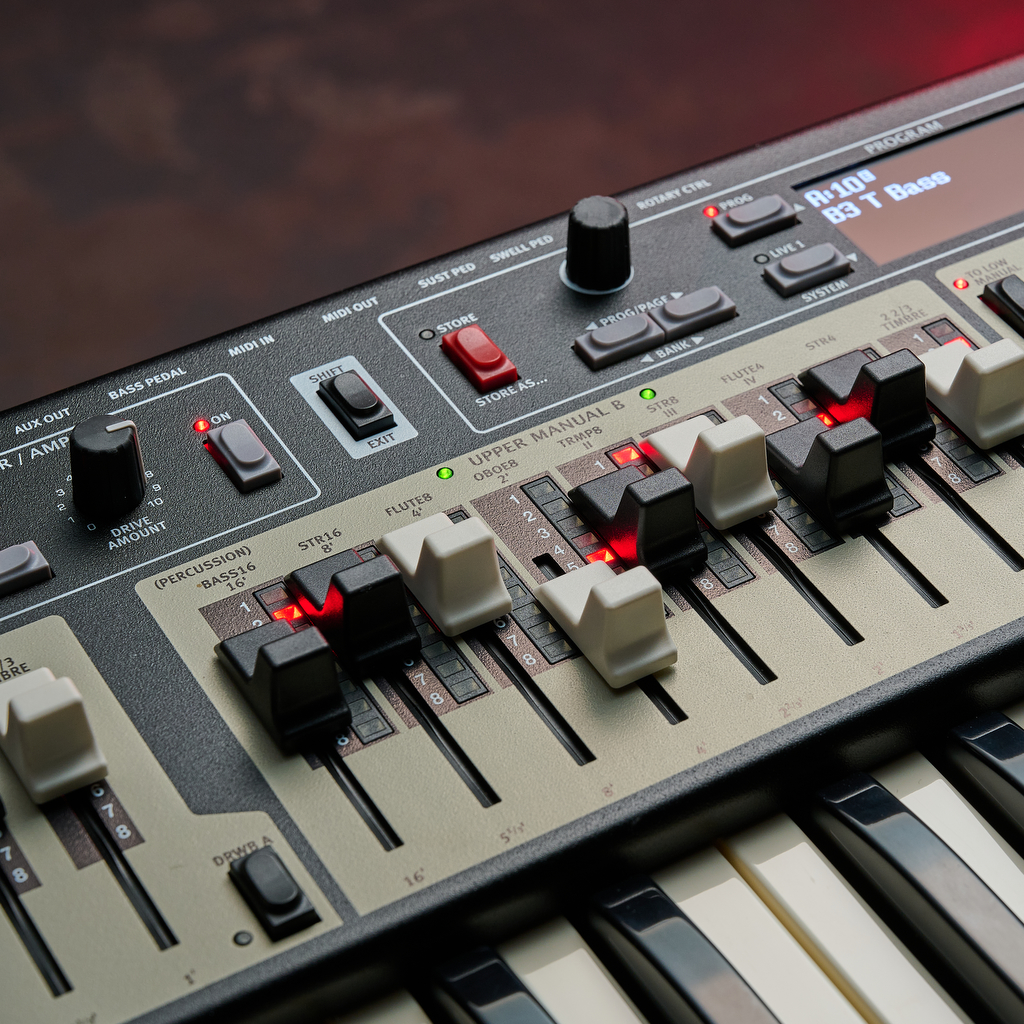
B3 or not B3?
Organ 3 is equipped with the capacity to save up to 400 patches, and Nord gets us underway with the provision of a host of impressive programmed sounds. These sounds are initially drawn from its models of the B3, Vox and Farfisa, with two further pipe organ models available too. All of these provide full polyphony.
It’s fair to say that the Hammond B3 model rules the roost for the most part, with both a full-fat B3 and a new softer tone B3. There are also controls for percussion upfront, and of course an internal emulation of the legendary rotary speaker system. This is controlled from the bottom-left of the keyboard, with slow and fast buttons, as well as a complete stop. This can also be controlled from a foot switch, or you could invest in the Nord half-moon switch, for a more Hammond-like interaction. There is also provision for a swell pedal, through the addition of any of the usual see-saw expression pedals.
As we get underway, the sound of Organ 3 is unbelievably impressive. Thanks to the nine drawbars, you find yourself quickly morphing the sound in real time, while engaging the rotary speaker at will. Classic sounds literally fall out of Organ 3, but it is far more flexible, than just a simple Hammond emulation.
Want all the hottest music and gear news, reviews, deals, features and more, direct to your inbox? Sign up here.
As each manual is equipped with two sets of drawbars, you’re just a mere button press away from shifting to a different sound, meaning that you can escalate your playing quickly, or reduce it to a shimmering pianissimo, with immediacy. The upper harmonics sound beautiful, just like the originals.
Meanwhile, the Vox and Farfisa models offer their own level of endearing kitsch, and have been heavily revised and improved for Organ 3. Functionality across the keyboard also switches; when working in the Farfisa domain, the drawbars revert to an on/off mode, to replicate the original.

The rockier side of Organ 3 is almighty, but what of the pipe organs? Without casting aspersions, this was always going to be a difficult task to fulfil, predominantly because a pipe organ is such a large and intrinsically acoustic affair. It’s often dependent upon its acoustic environment, and while the pipe organ emulation is attractive, it inevitably struggles to capture the scale and acoustic nuance of the real thing.
As a creative instrument, the ability to explore the harmonic content of the pipe section is wonderful, particularly for softer and more pad-like tones, but it will struggle to sound mighty, mainly because it cannot compete with the full gamut of pipe organ sounds, particularly in the pedal section. There is a Tuba available, but it will struggle to endorse its full potential in the classical domain, in anything other than a chamber setting, which is arguably its ideal placement for such a portable device. Nevertheless, it is sonically very good, but limited, and is a welcome addition to an instrument which excels in so many other areas.
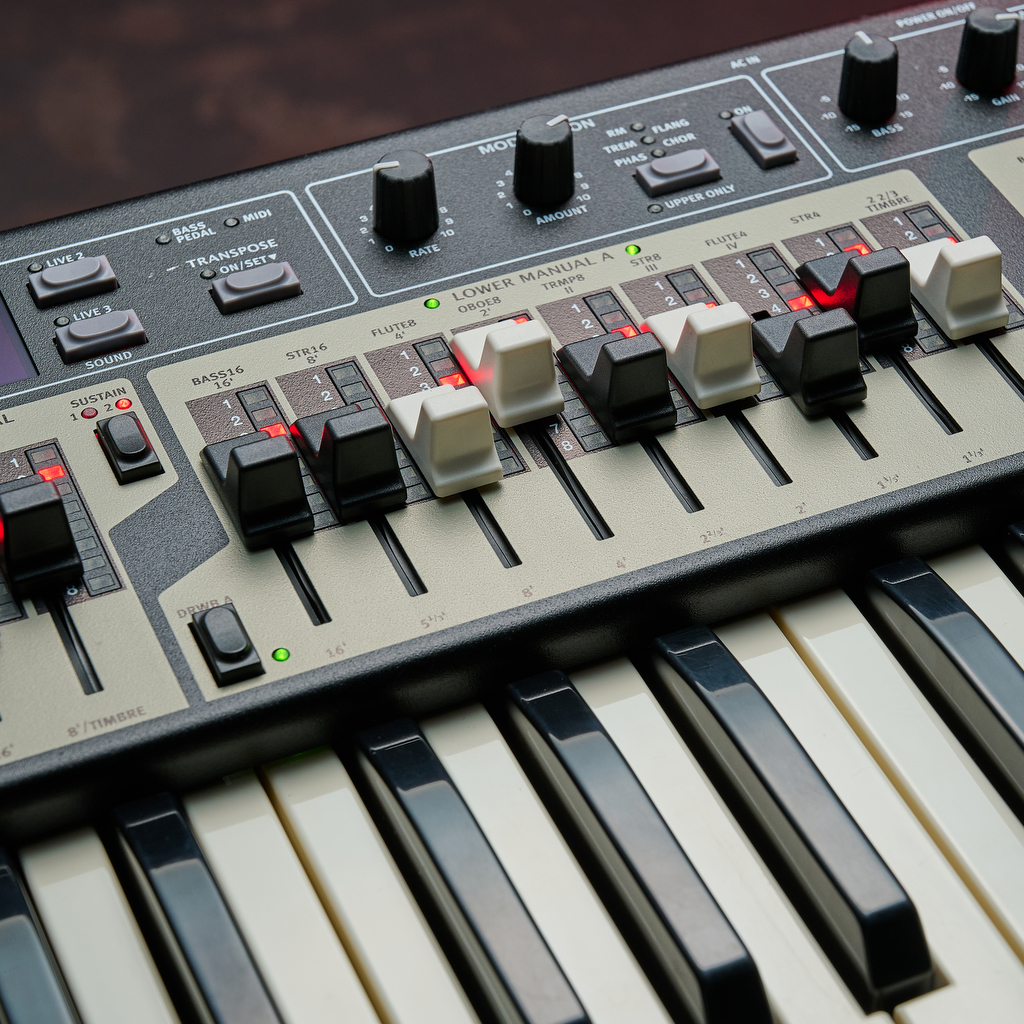
Bass pedal section
While Organ 3 does not ship with any accessories, Nord offers a number of different accessory options, which include the Pedal Keys 25 & 27. These will only be useful to you if you fancy playing low notes with your feet. It’s an attractive proposition, as Organ 3 is equipped with its own Bass Pedal section. But if the idea of playing a keyboard with your feet does not endear, you can redirect the same sounds to the lower two octaves of the lower manual. There is a hard split point, between the notes B-C, where the bass pedal patch will reside, although this split point cannot be altered.
The Bass sounds available within this section are limited, but impressive. They are designed to complement your chosen upper sounds, with options for B3 bass, Tuba, Trek strings and even Moog Taurus pedals. These sounds are complemented further by volume and tone control, provided by the two drawbars from within this section. You can also easily switch between manual and pedal control, via a single button press.
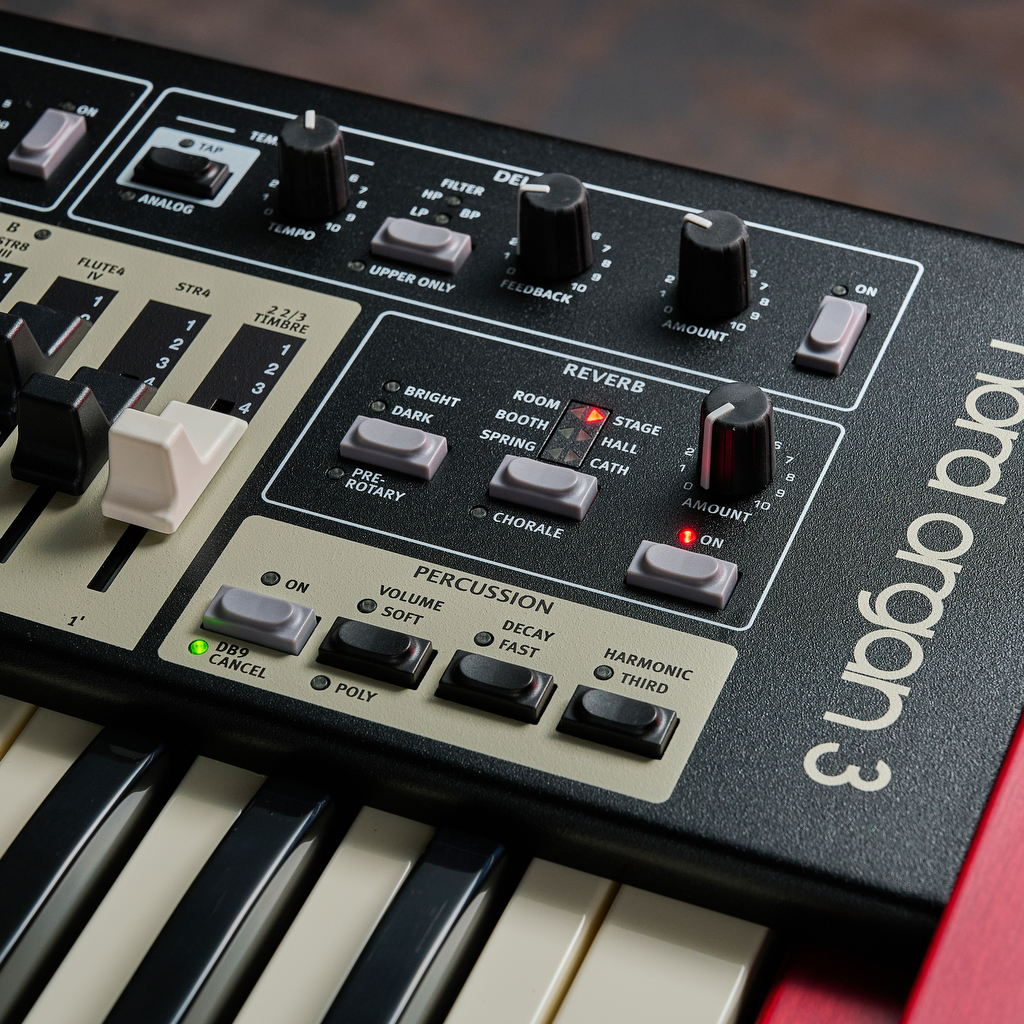
Rotary and effects
One of the most useful performance features of this instrument, is not only inclusion of an impressive rotary/amp effects section, but also EQ, delay, modulation and reverb. These are all equipped with a basic set of controls, but provide instant access to whatever you need during a live performance. These are also linked to the 400 patch locations, so effects will be saved alongside your organ settings. It’s also possible to route the effects to the upper manual only, leaving the lower manual uncluttered by effects, which is useful if playing bass with the left hand.
The rotary simulation section has had an impressive makeover, now with five distinct mic perspectives for the treble horn. This allows for a broadening or narrowing of the stereo image, catering for all mix eventualities. There are also amplifier simulations for Jazz Chorus, 4x12 British Tube cabinet and Classic Twin, with a revised overdrive which sounds amazingly authentic – it really rips! As you’ve got control right in front of you, you can sculpt your sound as you feel it.
Should you prefer not to use the internal rotary effect, you can divert your signal via a dedicated output, taking advantage of the 11-pin Leslie format, directly from the rear panel.
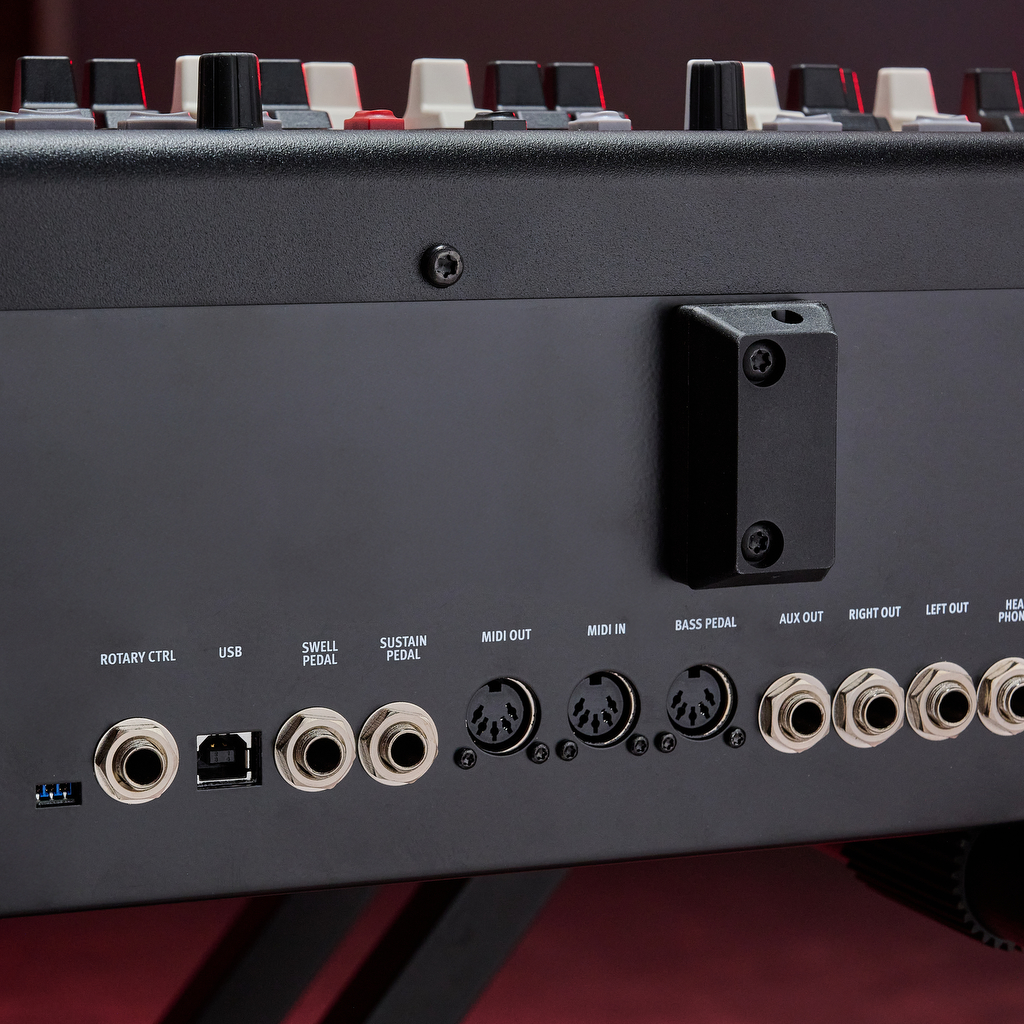
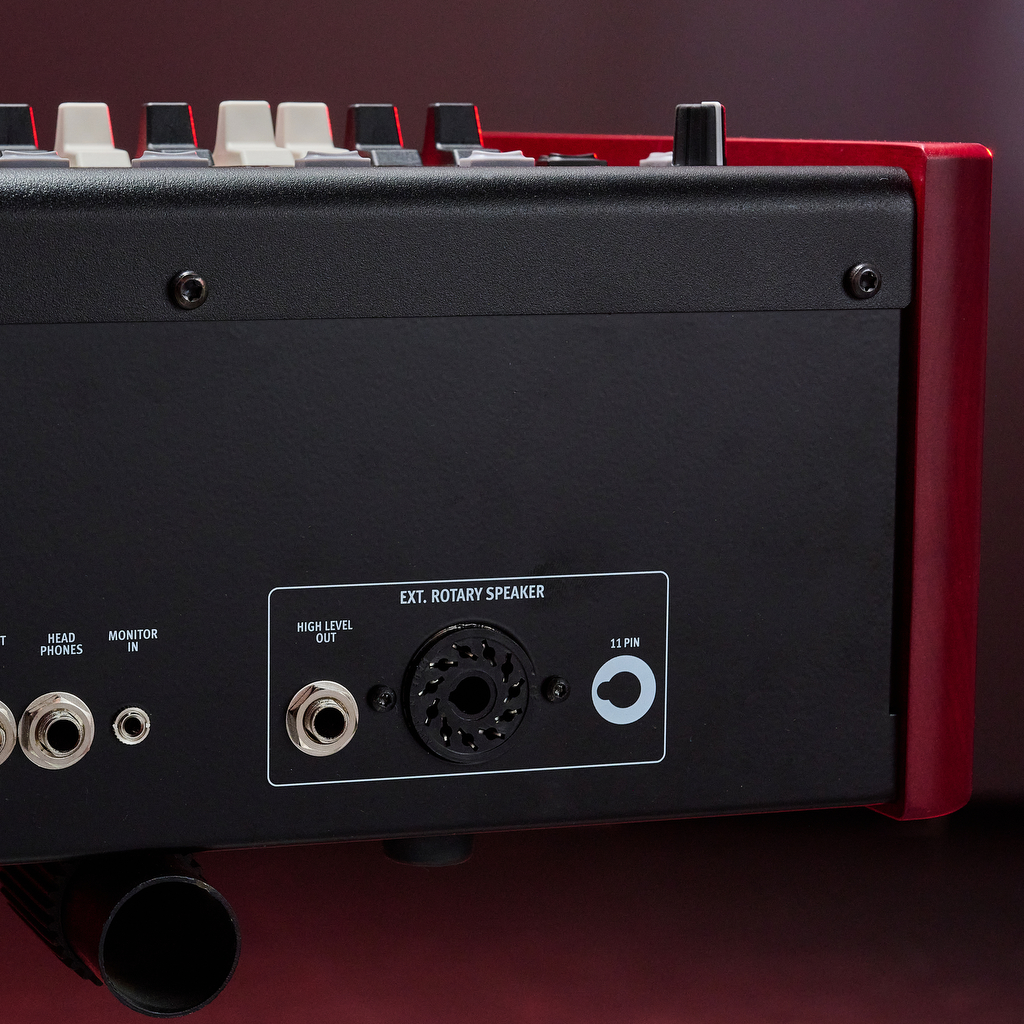
Verdict
When you purchase a Nord product, it’s a surefire thing that you know what you are going to get. This is a beautifully made, quality instrument. The panel is metal, with red wooden end cheeks to the left and right. The drawbars, pots and buttons all feel very solid, and while the central OLED screen is not huge, it is functional, and arguably there in a supporting role. After all, everything you really need is right on the panel.
It is this concept that endears so many keyboard players to Nord products, and Organ 3 is no exception. It’s a time-vacuum of organistic nirvana, inviting you to lose yourself for hours. The only question, for the end user, is whether you really need to inhabit the traditional organ domain, to the extent of buying a bespoke keyboard for purpose. It will function well as a MIDI controller, but its main allure is obvious, and it’s Hammond shaped!
Hands-on demos
nordkeyboards
Alternatives
This two-manual waterfall style organ provides modelled organ sounds, along with rotary effects and physical drawbars.
Read more about Crumar Mojo Classic
A stylish, wooden-ended two-manual organ, which also relies on modelled sounds, with drawbars and a built-in half-moon rotary controller.
Read more about Viscount Legend Organ
From the company that brought us the B3, the SKX Pro offers two manuals and even pitch and mod wheels, making it ideal for interfacing with other devices and synths.
Read more about Hammond SKX Pro
Specifications
Price | £3,299 |
Key features | Fully polyphonic 2-manual organ 61 keys per manual Triple Sensor semi-weighted waterfall action Physical drawbars – 2 sets per manual Hammond B3, Vox, Farfisa and Pipe Organ models Organ and Synth bass models too Rotary speaker emulation with 3 different overdrives Control inputs for rotor, swell and sustain pedal Dedicated 11-pin direct to Leslie connector 1/4” jack outs (unbalanced) stereo pair 1/4” headphone jack MIDI and USB I/O Dedicated Bass pedal connector via MIDI in |
Dimensions | 985 x 165 x 446mm |
Weight | 17kg |
Contact |
Roland Schmidt is a professional programmer, sound designer and producer, who has worked in collaboration with a number of successful production teams over the last 25 years. He can also be found delivering regular and key-note lectures on the use of hardware/software synthesisers and production, at various higher educational institutions throughout the UK
You must confirm your public display name before commenting
Please logout and then login again, you will then be prompted to enter your display name.
